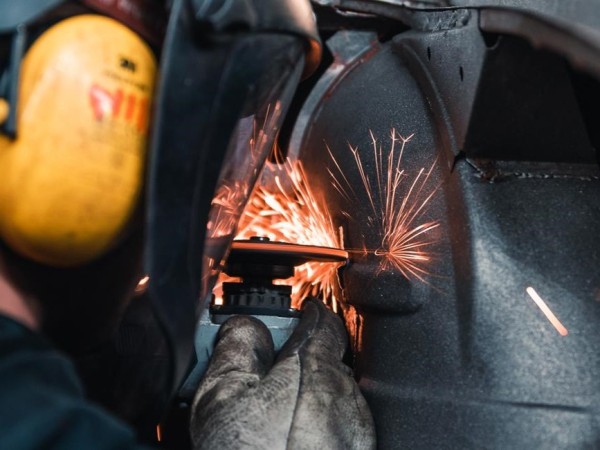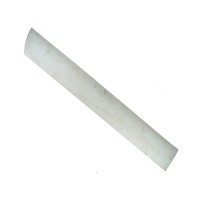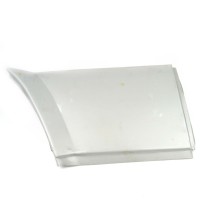Removing rust from your classic car: tips and tricks for a brilliant result
Removing rust from classic cars is an important task to preserve the life and value of the vehicle. Removing rust from your collector's item is crucial to maintaining the structural integrity, value, aesthetics and longevity of the vehicle. It protects against major damage, increases safety and helps preserve the historical and financial value of the vehicle. There are several methods to remove rust, depending on the severity of the rust and the parts of the vehicle affected.
What is rust?
Rust formation is caused by several factors. Moisture, especially water in the form of high humidity, is the main catalyst for the formation of rust. When iron comes into contact with oxygen present in the air, it reacts and forms rust. In saline environments, such as the use of road salt in winter, rust formation is further accelerated because salt promotes electrolysis. In addition, mechanical damage, such as scratches or cracks in the paintwork of a vehicle, can expose the metal underneath and thus significantly increase the risk of rust formation.
How do you proceed with derusting sheet metal?
In order to successfully begin the time-consuming work of derusting, thorough preparation is essential. Without this preparation, the joy of having a rust-free classic car will only be short-lived. The first step is to expose all rusty parts. Then it is important to thoroughly remove moisture, dirt, oil and grease from them. Only when the affected areas are clean and dry can you start the actual derusting.
1. Derusting with an angle grinder
Large areas can be effectively derusted with an angle grinder and a flat grinding wheel, with a 60 grit usually recommended. This method is quick and not too strenuous, but is only suitable for freely accessible and large areas.
A drill with a metal grinding attachment, such as a disc or braided brush, can also be used to derust the body. These tools make it possible to reach more inaccessible places, such as the underbody or the corners of the body.
For the underbody, cavity sealing against rust is essential, as moisture and condensation can collect in the numerous openings. It is advisable to consult a professional. Incorrect sealing, which is carried out without completely drying the vehicle, can trap the moisture in the underbody. The consequences of this can be serious.
2. Derusting by hand with sandpaper or wire brush
Derusting by hand is extremely strenuous. However, some hard-to-reach places on the classic car can only be reached by hand. A sanding block can be helpful, but only reduces the effort to a limited extent.
3. Removing heavy rust by sandblasting
Highly developed blasting materials are now used for sandblasting, which put an end to heavy rust in no time at all. When sandblasting, it is very important to subsequently apply corrosion protection to the derusted area. However, you cannot paint directly over the corrosion protection. The protective agents must be washed off and replaced with a primer that serves as corrosion protection.
Important to note: Sandblasting should not be used on thin areas that have already been worked on frequently.
4. Chemical rust removal using a rust converter or rust converter
Chemically removing rust from the body is particularly useful for areas that are already quite thin and have suffered from previous damage. If you sand too roughly over metal that is too thin, it will no longer have the necessary stability. With a rust converter, however, the rust can be easily removed chemically. The area to be treated must be free of grease and oil, otherwise the chemical reaction to remove rust cannot take place. After the converter has been applied, it takes an average of one to two days until a stable iron compound has been converted and the rust disappears.
Conclusion
Removing rust from a classic car is an essential, albeit demanding task. The different methods offer different advantages and challenges. Careful preparation and choosing the right method are crucial to achieving lasting results. While some work can be done by hobbyists, sandblasting usually requires professional help. It is also important to apply an effective corrosion protection after derusting to prevent future rust formation.
A well-maintained, rust-free classic car is not only a visual eye-catcher, but also a valuable and safe investment.
Do you have any questions, suggestions or further tips on this topic? Feel free to leave a comment!














